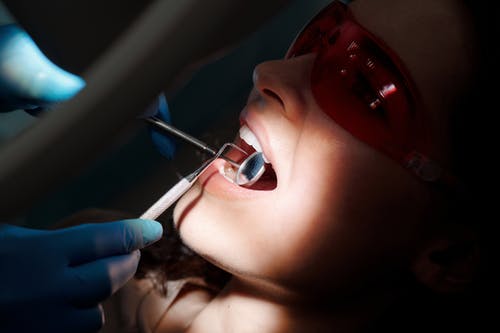A Breakdown of the Three Primary CBD Forms
Cannabidiol is a naturally occurring substance found in cannabis and hemp. The legal atmosphere surrounding it is already hazy, and the various kinds of CBD products add to the intricacy. Further confusing is that they are only “common industry phrases” and not “standardized by federal law.” From the consumer’s standpoint, the distinction between the three product types is mainly based on whether or not the products have any tetrahydrocannabinol (THC), the psychoactive component of cannabis.
Definitions and Benefits of Each Type of CBD
CBD is extracted from the plant using different methods by companies making CBD products. Numerous CBD forms are created as a result of the different diffusions. Three varieties of CBD exist, each with a unique structure and concentration:
Full-Spectrum CBD
A hemp extract known as full-spectrum CBD includes CBD and other naturally occurring substances from the hemp plant, such as terpenes (compounds that give plants their distinctive scent) and trace levels of THC (less than 0.3%).
The effects of full-spectrum CBD products, such as CBD, terpenes, flavonoids, essential oils, marijuana flower, and other cannabinoids, are known as the “entourage effect.” Some research suggests that this effect may boost the therapeutic benefits of CBD compared to when it is used alone.
Benefits of Full-Spectrum:
As more individuals learn about full-spectrum/whole plants, it is considered the most premium product. This is because full-spectrum hemp contains all of the cannabinoids, terpenes, and other beneficial components of the cannabis plant, which might give the user an “entourage effect.”
Broad-Spectrum CBD
A hemp extract called broad-spectrum CBD is comparable to full-spectrum CBD in that it includes the majority of cannabis plant constituents. With the exception that it usually goes through an additional extraction procedure to get rid of all the THC while keeping the other naturally occurring substances in the hemp plant. It is safest to describe broad-spectrum CBD products as “virtually THC-free,” although testing has shown that some still contain traces of THC.
Benefits of Broad-Spectrum:
Broad-spectrum products appear to be the most useful for users who either don’t want or are unable to consume THC but still desire the other helpful properties of the cannabis plant. You can inquire about CBDs at legal dispensaries like Above the Clouds Cannabis.
CBD Isolate
Contain only CBD and no THC or other cannabinoids. Unlike full-spectrum and broad-spectrum CBD, Isolate CBD products might not have noticeable effects. This is because the extraction procedure separates CBD from all terpenes, cannabinoids, and other plant substances naturally present in hemp, preventing entourage effects.
Benefits of Isolate:
Isolate is arguably the safest alternative due to the way it is made, even if the broad spectrum is currently an option for users who can’t have any THC. The value and guarantee of 0% THC with an Isolate product make it an excellent choice for merchants searching for reliable, premium 0% THC products. Visit pages like https://abovethecloudscannabis.com/ for CBD products and accessories.
Key Takeaways
The consumer must always use the smallest dose of CBD, and the dosage should gradually increase until the desired effect is achieved. Furthermore, individuals might want to consider the type of CBD they use.
- Full-Spectrum CBD includes up to 0.3% of THC.
- Broad-Spectrum CBD only includes minimal levels of THC.
- THC is absent from CBD Isolate, which only comprises CBD.
Lastly, individuals need to consider the form of CBD product they acquire. Products containing CBD can be consumed or used topically. While topical solutions may provide more focused pain alleviation, such as for aches and pains, ingestible CBD may be more helpful for several health concerns. Remember that CBD’s effects differ depending on your body chemistry, weight, and lifestyle.





